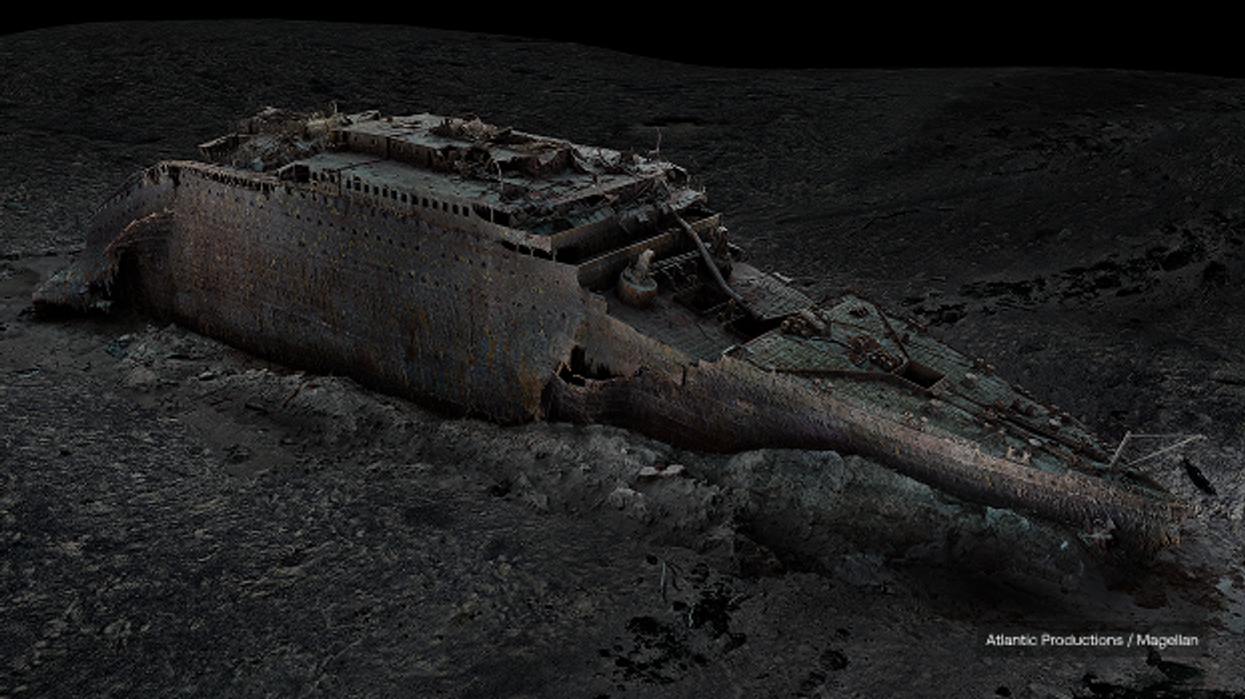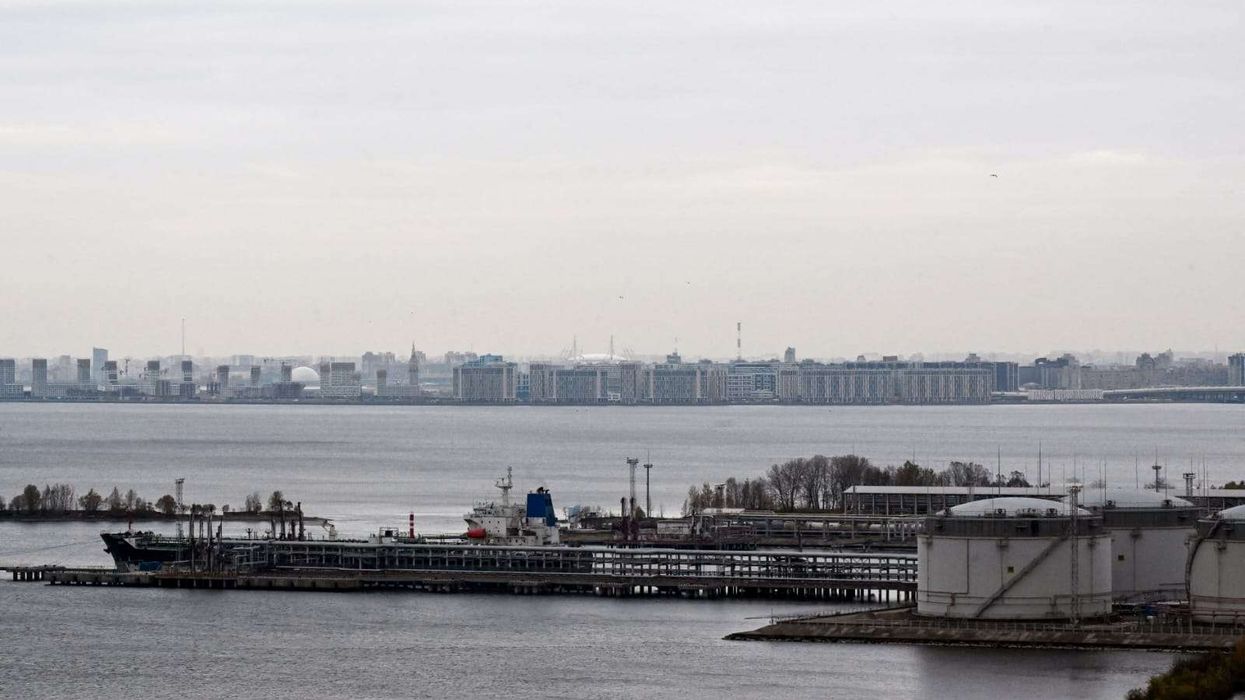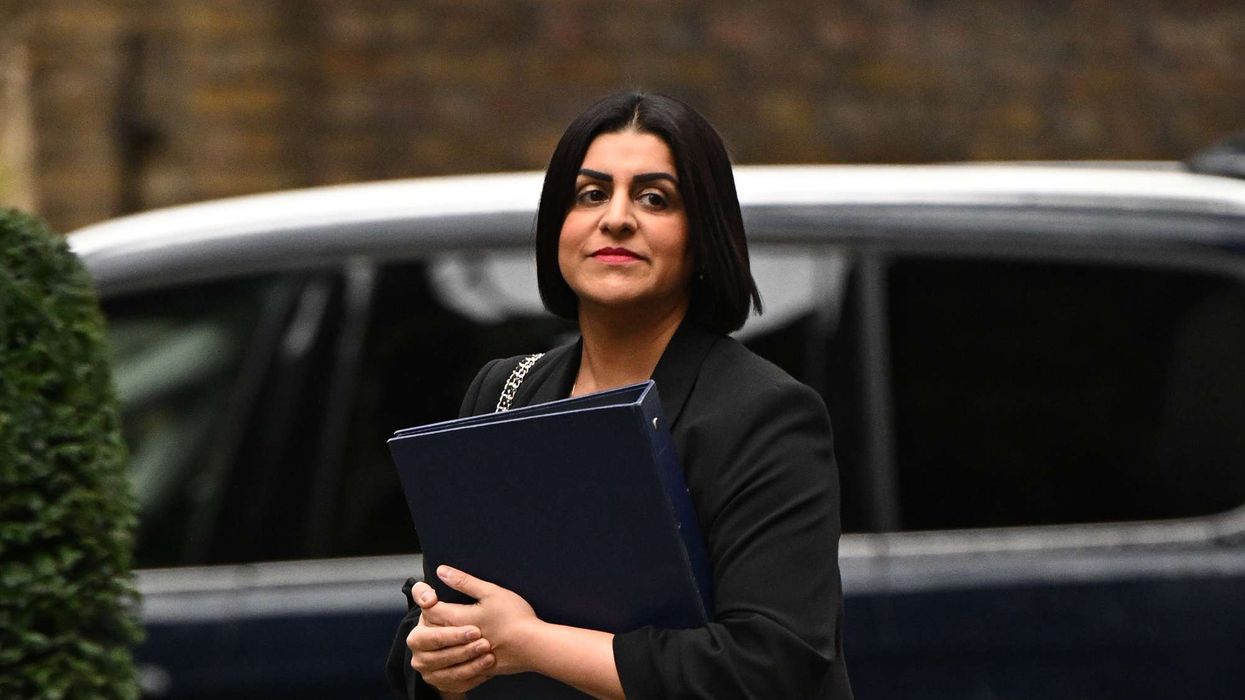A detailed full-sized digital scan of the Titanic has revealed significant new insights into the ship’s final moments before it sank in 1912. The 3D replica, constructed from more than 700,000 images, provides a complete and unprecedented view of the wreck, offering fresh evidence on how the liner broke apart and sank after striking an iceberg.
The exact scan shows the severity with which the ship ripped in two, leading to the deaths of around 1,500 people. One key revelation is a clearer view of a boiler room, supporting long-standing eyewitness accounts that engineers continued working to keep the ship’s lights operational as it sank.
A computer simulation, using new structural modelling, also suggests that punctures in the ship’s hull – each roughly the size of an A4 sheet of paper – were sufficient to cause the vessel’s demise.
Parks Stephenson, a Titanic analyst involved in studying the scan, commented: “Titanic is the last surviving eyewitness to the disaster, and she still has stories to tell.”
The scan and related findings have been used to produce a new documentary titled Titanic: The Digital Resurrection, created by National Geographic and Atlantic Productions.
The Titanic wreck, lying 3,800 metres deep in the Atlantic Ocean, has traditionally been explored using submersibles, but these only provide limited views. The new mapping effort, however, created a "digital twin" of the ship, offering the first full, detailed look at the entire site. This model was initially revealed exclusively by BBC News in 2023.
The scan shows the immense bow section lying upright on the seabed, appearing almost as if the ship could resume its voyage. In contrast, the stern, located around 600 metres away, lies in a heavily damaged and twisted state. This damage is attributed to the stern slamming into the seabed after the ship broke apart.
Stephenson likened the wreck site to a crime scene, emphasising the need to see all evidence in context: “Having a comprehensive view of the entirety of the wreck site is key to understanding what happened here.”
Close-up images have revealed specific new details, including a smashed porthole likely caused by the iceberg. This discovery corresponds with survivor reports that ice entered passengers’ cabins during the collision.
- YouTubeNational Geographic
Experts have focused particular attention on one of Titanic’s large boiler rooms. Easily visible on the scan near the break point, the room provides strong evidence that some of the boilers were still operating when submerged. The digital replica shows that several boilers appear concave, consistent with functioning under pressure at the moment they were plunged into freezing water.
An open steam valve discovered on the stern deck offers further proof that steam was still flowing into the ship’s electricity system until the very end. This finding supports accounts that Titanic’s engineers, led by Joseph Bell, stayed at their posts to maintain power, allowing crew members to launch lifeboats in lit conditions rather than darkness. All members of the engineering team perished, but their efforts are believed to have saved many lives.
Stephenson reflected on their sacrifice: “They kept the lights and the power working to the end, to give the crew time to launch the lifeboats safely with some light instead of in absolute darkness.”
Alongside the scanning project, new simulations of the sinking have provided additional insight. Led by Professor Jeom-Kee Paik of University College London, the team created a detailed structural model based on Titanic’s original blueprints. By combining this model with data on the ship’s speed, heading, and position, the researchers simulated the iceberg collision.
Their findings suggest that although Titanic only struck the iceberg a glancing blow, it was enough to produce a series of punctures along a narrow stretch of the hull. Each individual breach was small, comparable to the size of a sheet of paper. However, the cumulative effect of multiple holes spread over a long section of the ship proved catastrophic.
Titanic’s design allowed for survival even with four flooded watertight compartments. However, the new simulation indicates that six compartments were compromised, leading inevitably to the ship’s sinking.
Simon Benson, an associate lecturer in naval architecture at the University of Newcastle, explained: “The difference between Titanic sinking and not sinking is down to the fine margins of holes about the size of a piece of paper. The problem is that those small holes are across a long length of the ship, so the flood water comes in slowly but surely into all of those holes, and then eventually the compartments are flooded over the top and the Titanic sinks.”
Unfortunately, the scan cannot capture damage hidden beneath the seabed sediment where the lower bow section lies buried.
Personal items belonging to passengers are scattered across the sea floor around the wreck, a sombre reminder of the tragedy. While the full scan provides many new clues, experts believe it will take years of detailed study to uncover all the insights the wreck still holds.
Stephenson concluded: “She’s only giving her stories to us a little bit at a time. Every time, she leaves us wanting for more.”













